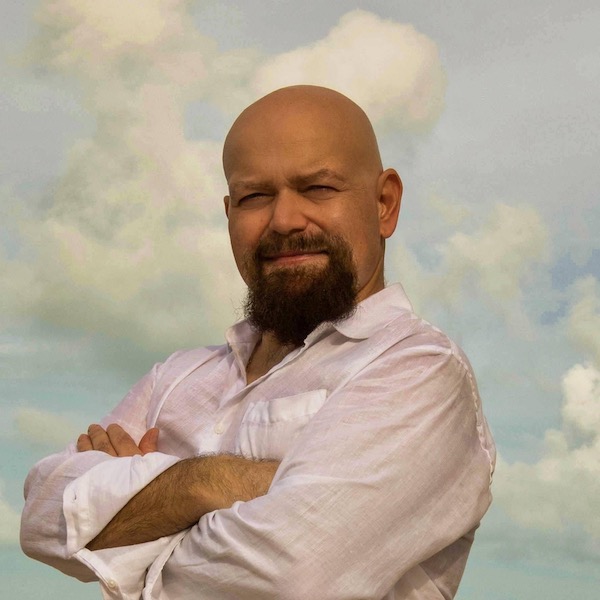Gene Avakyan, CEO of Edison Aerospace, is about to revolutionize the role of the UAV in agriculture.

There is a new alternative to the crop duster of old, guided through the air by an intrepid pilot who is the modern-day incarnation of the fighter jock, or pirate, or…you get the impression?
Until now, there were drones out there capable of spraying fields with the products that the farmers need applied to their crops, but these were only capable of carrying a few gallons at a time, making treatment of large plots of land impractical. If you have a boutique farm growing a few acres of a crop, one of those drones would do the job just fine.
Now, however, there is a real alternative to the general aviation aircraft that are spraying crops. You may ask, though, is there really a need to replace all those aircraft? The reasons are obvious when you look at the business of spraying crops in more detail.
The US fleet of agro aircraft currently numbers about 5,000, and with the typical model burning about 50 gallons of Jet-A or 100LL (leaded) gasoline and flying an average of 500 hours per year, that comes out to 125,000,000 gallons of fossil fuel burned annually.
Every year from seven to ten pilots are killed spraying crops or forests, some from hot-dogging around, pretending to be fighter pilots, and others simply because flying 10 feet above the ground at 100+mph is incredibly stressful. You watch for trees, towers, wires, big birds, all the while you track your passes on the GPS mounted in front of the windshield. And, how many pilots are poisoned by the cargo they carry? It’s likely that many of those incidents don’t even get reported.
What if the small businesses that are now paying money for planes and fuel and losing a pilot occasionally were to replace their expensive aircraft with an affordable, safe, electric, and autonomous aerial application solution that would also do a better job than your average pilot?
Enter EDISON AEROSPACE LLC, the new solution provider for aerial operators’ woes. Edison Aerospace is developing an autonomous UAV that will be all electric, carry a total of 1,100 lbs of payload into the air, and spray fields accurately and precisely at a rate of about 250 acres/hour. And it will do this at less than half the cost of a new Air Tractor. The company’s goal is to give the existing operators a new tool, not to replace the operators with robots. Everyone knows that there is no one better able to deliver a good service to a farmer than the person who has already been doing this for many years. Edison’s job is to give those operators a better tool – a 21st Century tool.
Edison Aerospace is led by Gene Avakyan and Victoria Unikel and is based in Miami, Florida. R&D and manufacturing will be moving to North Dakota in the near future, though, to take advantage of the Northern Plains UAS Test Site which has been established by the FAA to create a test and proving ground for Beyond Visual Line Of Sight (BVLOS) operations.
Edison Aerospace is partnering with uAvionix to implement the G3 flight computer, their long-range telemetry radio, ADS-B in receiver, and the truFYX UAS GPS receiver. Edison is proud to partner with uAvionix and is looking forward to integrating their UAS solution into the Edison test aircraft. The annual production of Edison UAVs is estimated to reach 200 units by 2025, and the company is glad to have a high-grade flight computer provider on-board. Edison has expressed special thanks to Joe Gibbs and Nathan Iseminger
Edison Aerospace is still considering vendor partners for its R&D program and invites interested parties to contact the company at [email protected] .




